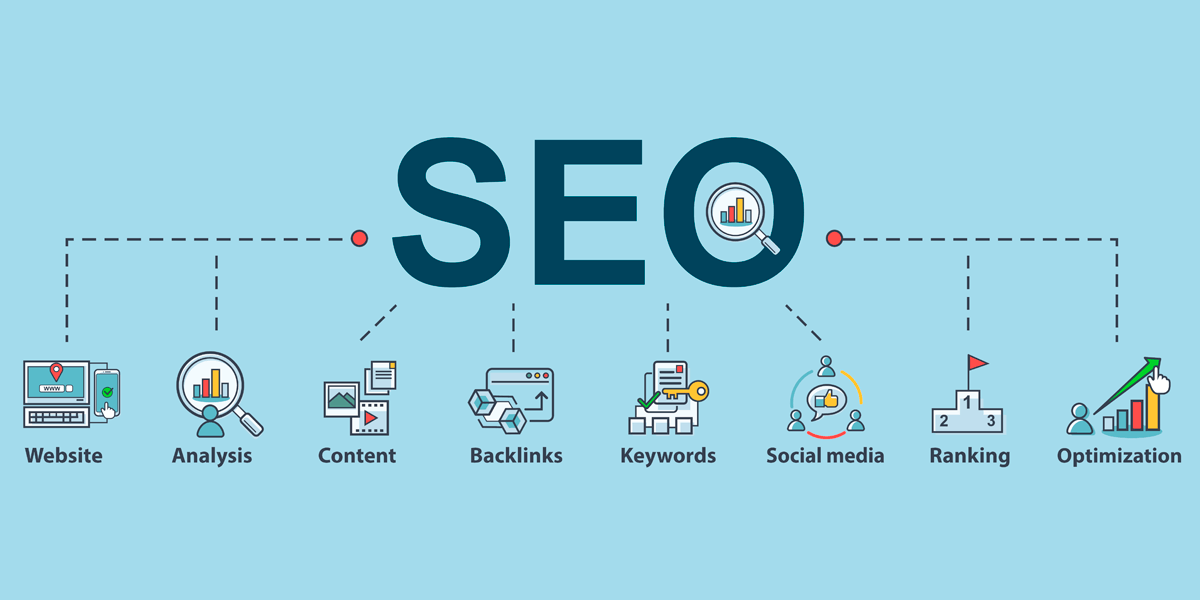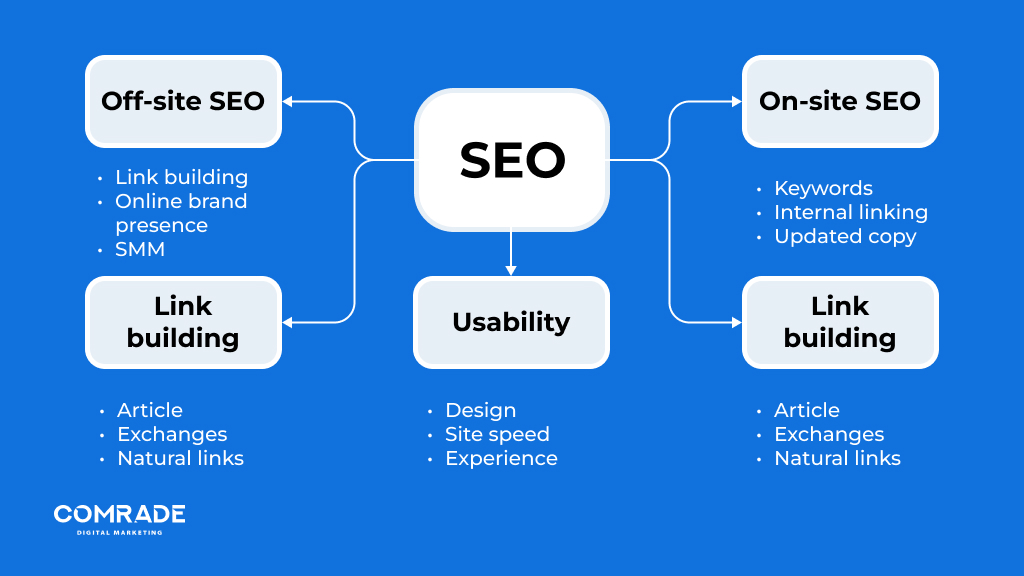Revealing What Is Ruled Out a Default Medium in Google Analytics
Revealing What Is Ruled Out a Default Medium in Google Analytics
Blog Article
Introducing the Unconventional Mediums in Google Analytics Beyond Default Setups
In the realm of electronic analytics, Google Analytics stands as a cornerstone for businesses seeking to comprehend their on-line visibility. By venturing beyond the surface area and diving right into the ins and outs of social media data, e-mail project performance, reference web traffic sources, direct web traffic patterns, and personalized network groups, a prize trove of info awaits those willing to welcome an extra nuanced technique.

Leveraging Social Media Insights
Sometimes overlooked, yet immensely beneficial, is the practice of leveraging social media sites insights within the realm of Google Analytics. By incorporating data from platforms like Facebook, Twitter, Instagram, and LinkedIn right into Google Analytics, businesses can get a much deeper understanding of their audience and the effectiveness of their social media sites campaigns.
With this assimilation, marketers can track and examine user habits on their internet site that originates from social media systems. They can recognize which social media channels are driving the most traffic, which material is reverberating with the target market, and which projects are converting the most leads. This insight allows for data-driven decisions to enhance social networks approaches and improve overall marketing performance.
Moreover, by integrating social media sites understandings with Google Analytics, companies can develop more targeted and personalized campaigns - what is not considered a default medium in google analytics. They can use demographic information, interests, and online behaviors gathered from social media to improve their target market division and provide tailored messages that resonate with particular customer teams. This targeted strategy can bring about greater interaction, boosted conversions, and eventually, enhanced return on financial investment
Discovering Email Campaign Performance
Revealing Email Project Efficiency involves evaluating key metrics and efficiency indications to review the efficiency of e-mail marketing efforts. When delving right into e-mail campaign efficiency, it is critical to analyze metrics such as open rates, click-through rates, conversion prices, and unsubscribe prices. Open up prices suggest the percentage of receivers who opened the e-mail, offering insight right into the efficiency of subject lines and sender names. Click-through rates determine the percent of receivers who clicked links within the e-mail, showing engagement degrees. Conversion rates track the percent of recipients who finished a preferred action after clicking a link in the e-mail, such as signing or making an acquisition up for a newsletter. Last but not least, unsubscribe prices highlight the variety of receivers who pulled out of getting further e-mails, shedding light on e-mail material high quality and importance. By assessing these metrics, online marketers can adjust their email advocate better interaction and efficiency.
Analyzing Recommendation Website Traffic Resources
After evaluating the performance of e-mail campaigns through crucial metrics such as open prices and conversion prices, the following crucial step is evaluating recommendation web traffic resources in Google Analytics to comprehend where web site site visitors are originating from and just how they connect with the website. Reference website traffic resources describe the internet sites that route customers to your website via clickable web links. By diving right into this information, services can get insights into which outside platforms are driving traffic to their site, whether it be social networks systems, partner sites, or on the internet directories.
It assists businesses determine high-performing referral sources that add substantially to website traffic and conversions. Google Analytics supplies comprehensive reports on reference traffic, enabling organizations to track the performance of each recommendation resource precisely and make data-driven choices to improve their on the internet visibility.
Exploring Direct Web Traffic Patterns
Checking out the straight website traffic patterns in Google Analytics provides important insights into individual behavior and the efficiency of projects - what is not considered a default medium in google analytics. Straight go to these guys web traffic describes site visitors that come down on a website by straight keying the link right into their internet browser, using bookmarks, or clicking on untagged web links. Recognizing straight website traffic patterns can aid marketers evaluate the impact of offline marketing efforts, brand acknowledgment, and the performance of word-of-mouth references
By diving right into direct traffic data, businesses can reveal crucial details concerning customer intent and brand name loyalty. Evaluating the behavior of straight site visitors, such as the pages they special info visit, the moment invested on site, and the conversion rate, can provide a much deeper understanding of user engagement and the total efficiency of the site in converting site visitors into customers.
In addition, tracking straight traffic patterns over time permits companies to identify fads, seasonality results, and the success of certain campaigns or promos in driving direct visits. This details can then be made use of to fine-tune marketing approaches, enhance website web content, and enhance the total individual experience to make the most of conversions.
Making Use Of Custom-made Network Groupings
Using personalized channel groups in Google Analytics enables organizations to categorize and assess their site traffic based upon particular standards, offering beneficial insights for enhancing advertising and marketing techniques. Personalized channel collections make it possible for companies to develop their very own personalized collections of web traffic resources, such as social media sites, organic search, email projects, and reference traffic. By defining these groups, businesses can acquire a deeper understanding of exactly how various marketing channels add to their web site web traffic and conversions.
This feature is particularly beneficial for organizations with varied marketing techniques across various platforms. A business running both paid and natural social media projects can differentiate between the two to assess their individual performance accurately. Additionally, customized channel groupings can help identify any overlooked or underestimated traffic sources that may be driving valuable engagement.
Verdict

By venturing past the surface area and delving into the complexities of social media data, e-mail project efficiency, recommendation traffic resources, direct website traffic patterns, and custom channel groups, a prize trove of details waits for those prepared to accept an extra nuanced technique. They can recognize which social media networks are driving the most traffic, which content is resonating with the target market, and which campaigns are converting the most leads.After reviewing the efficiency of e-mail campaigns via vital metrics such as open rates and conversion rates, the following critical action is assessing referral website traffic sources in Google Analytics to recognize where site visitors are coming from and how they communicate with the site. Customized channel groups allow firms to develop their very own customized groups of web traffic sources, such as social media, organic search, e-mail projects, and recommendation web traffic. By leveraging social media insights, uncovering email project performance, evaluating recommendation website traffic resources, exploring direct website traffic patterns, and making use of personalized channel collections, marketers can obtain important insights into their on-line existence.
Report this page